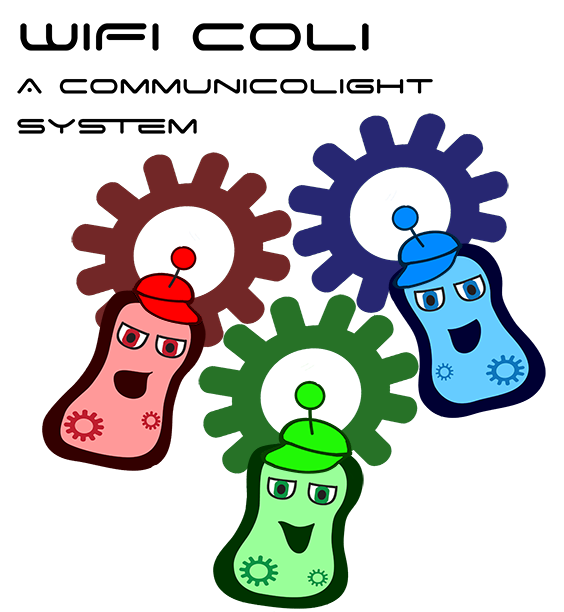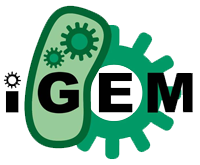Team:WHU-China
From 2011.igem.org
| (19 intermediate revisions not shown) | |||
| Line 37: | Line 37: | ||
top:40px; | top:40px; | ||
text-align:center; | text-align:center; | ||
| - | font-family: 'Vollkorn' | + | font-family: 'Vollkorn',tahoma,宋体b8b\4f53,sans-serif; |
} | } | ||
#WHU2introduction div.a1 | #WHU2introduction div.a1 | ||
| Line 54: | Line 54: | ||
right:20px; | right:20px; | ||
z-index:0; | z-index:0; | ||
| + | color:white; | ||
} | } | ||
#follow | #follow | ||
| Line 62: | Line 63: | ||
text-align:center; | text-align:center; | ||
width:170px; | width:170px; | ||
| - | height: | + | height:100px; |
| - | top: | + | top:1155px; |
background:#FCD208; | background:#FCD208; | ||
left:1005px; | left:1005px; | ||
| Line 70: | Line 71: | ||
#follow h3 | #follow h3 | ||
{ | { | ||
| - | font-family: 'Lobster',"Bodoni MT" | + | font-family: 'Lobster',"Bodoni MT",tahoma,宋体b8b\4f53,sans-serif, cursive; |
font-size:22px; | font-size:22px; | ||
color:#EB5649; | color:#EB5649; | ||
| Line 80: | Line 81: | ||
width:480px; | width:480px; | ||
height:360px; | height:360px; | ||
| - | |||
left:40px; | left:40px; | ||
z-index:0; | z-index:0; | ||
| Line 87: | Line 87: | ||
{ | { | ||
position:absolute; | position:absolute; | ||
| - | |||
top:0px; | top:0px; | ||
width:480px; | width:480px; | ||
| Line 389: | Line 388: | ||
<div id="follow"> | <div id="follow"> | ||
<h3>Follow Us</h3> | <h3>Follow Us</h3> | ||
| - | + | <a href="http://weibo.com/igemwhu2011" title="SinaWeibo.com"><img style="float:left;position:relative;left:5%;" width="15%" src="/wiki/images/2/29/Sina-weibo.png"></a> | |
| + | <a href="http://www.renren.com/profile.do?id=342247267&q=whu&p=&s=open&u=252907496&act=name&rt=user&in=1&ft=1&hh=1" title="Renren.com"><img style="float:left;position:relative;left:7%;" width="22%" src="/wiki/images/4/41/Renren.png"></a> | ||
| + | <a href="http://cn.linkedin.com/pub/zhang-chao/32/5b7/437" title="Link In"><img style="float:left;position:relative;left:10%;" width="15%" src="/wiki/images/8/83/Linked_In.png"></a> | ||
</div> | </div> | ||
Latest revision as of 10:43, 28 October 2011
Our project focuses on constructing colorful E.coli, which includes two parts. We plan to construct two systems consisting of several strains of E.coli: one produces different pigments due to the change of time, and the other produces different pigments with the change of position. In the first part, the strain of E.coli works as an oscillator which can yield different kinds of pigment periodically with the help of a signal transformation system. In the second part, we came up with the idea of “colorful E.film”. In hope to create a colorful film, we will construct three E.coli strains which can produce and secrete three primary colors respectively in the presence of the three primary lights. Therefore, if we use a color picture as an input signal, the output will be the copy of it on the plate.
First Part
Second Part
IGEM in WHU

We iGEM-WHU team is a young team, but we are full of new ideas. This year, we put up with two standards. The first one is a whole new way to assemble biobricks. In this way, several biobricks can be assembled together in only one step. It saves much time in experiments and also is much more stable than the traditional way. The second standard is an extension to the traditional assembly standard and makes the former better. We hope these two standards will help all the teams next year.


In the mathematic modeling section, we focused on oscillators. We made stimulation about two possible circumstances of oscillator, one including two proteins and the other including three proteins. Firstly, we tried to figure out whether our oscillator of two proteins can work well in mathematic models. Then we tried to carry out experiments to test it. In addition, we compared our oscillator to those of three proteins. Fortunately, we got some conclusions.


In September, we carried out a questionnaire research among the freshmen who have little knowledge of synthetic biology. We tried to find out the opinions of public on synthetic biology and spread knowledge of synthetic biology at the same time. 58 of the 100 subjects replied to our questionaire. Based on their answeres to the questions, we concluded that people are very concerned with the problem of safety but still have an optimistic altitude towards the development of synthetic biology.

 "
"












